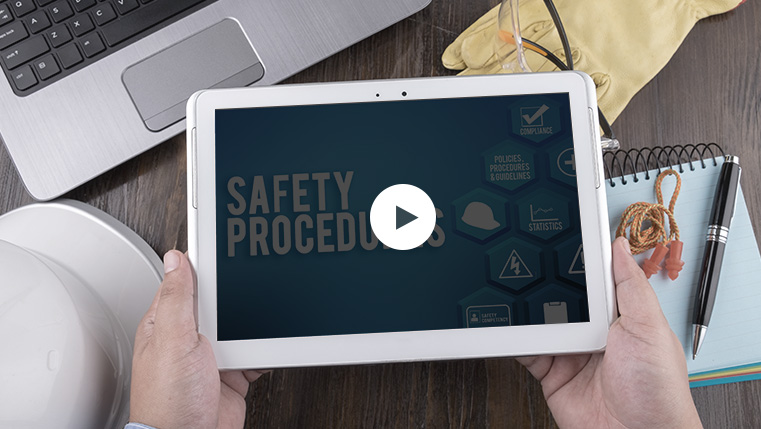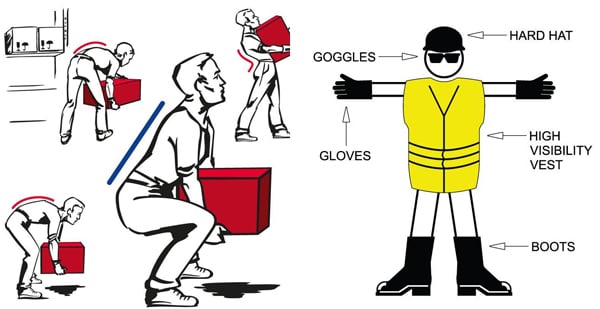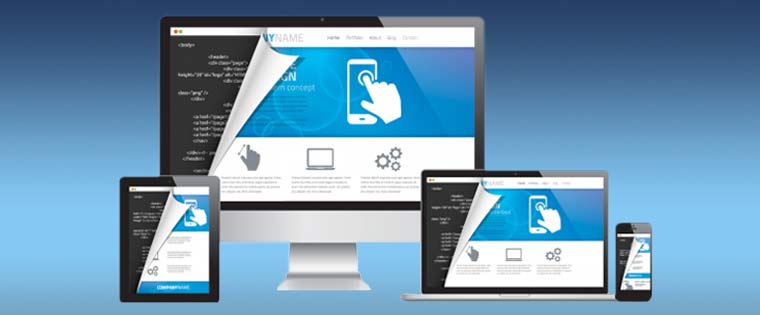4 Proven Ways to Boost the Impact of Safety Training with Videos

Many employees don’t pay a lot of attention to workplace safety-related training or updates. They realize the importance of safety training only when some serious mishap, injury, or fatality occurs. Conveying safety messages without impact and emotion leads your employees nowhere. Developing video-based safety learning can tackle these issues. Safety training videos communicate the importance, seriousness, and the urgency of workplace safety effectively.
According to data scientist Noah Zandan and his team’s analysis, 83% people learn more effectively through a visual representation of data. So, let’s see how to leverage videos for enhancing the impact of online health and safety training.
1. Videos with Influencers
Creating videos with messages from influencers on the importance of workplace safety will motivate your employees to take safety guidelines seriously. For example, your CEO’s message on safety will have a high impact on employee behavior. Influencers can be from the top management of the company, renowned public figures, well-known experts, and also victims and bereaved family members.
Videos in online safety training elevate emotions and make learning stick. Tapping into employees’ emotions will drive their attention toward the points of importance.
Check out this video, which strikes the right balance between emotions and safety message.
(Courtesy: Braithwaite Comm)
2. Show the Issue and the Solution
Create short videos on workplace accidents and their causes to build awareness of safety practices and present the prevention & protection measures. Now that safety training videos can be accessed on mobile devices online and offline, they can also be used as control/rescue support tools for employees.
For instance, in safety training videos you can show the fall protection measures for construction workers. Show a short video on how to EXIT the premises in case of a mishap or accident. You can also demonstrate how to handle heavy weights and teach ergonomics using videos.
3. Demonstrate Safety Issues

Videos are a great medium to visually explain safety related precautions such as the procedures to be followed or equipment to be used.
For example, Personal protective equipment (PPE) is worn to minimize exposure to a variety of hazards at workplace. Handling and the proper usage of Personal Protective Equipment (PPE) is the key to controlling and mitigating losses when untoward incidents happen. Demonstrating how to use them through videos will have a lasting impact.
Workers can access safety videos on their mobile phones, right before they enter a hazardous area, or start a task. Short safety training videos can also be played in lobbies, dressing rooms, and in working areas.
4. Interactive Safety Videos
Watching videos passively for a long time can cause boredom. We now have Interactive Videos (IV) to curb such boredom. IVs support user interaction through clicks, touch, and in some cases gestures and voice too. They work through hotspots, hyperlinks, and create specific learning paths in scenario-based courses.
Apart from Articulate Storyline, Adobe Captivate, and Lectora, many HTML5 compatible interactive video-making tools are available now – Vidzor, Rapt Media, Eko, YouTube Annotations to name a few. You can include safety assessments; hotspots to identify possible threats/hazards in the video can make your employees actively participate in the safety training.
Videos on online safety training guarantee deeper learning experiences for your employees. Using interactive videos engage your employees and enable them to actively participate in safety training. So leverage these ways discussed to boost the impact of your online health and safety training.





